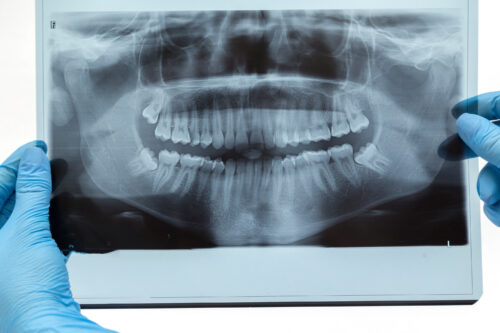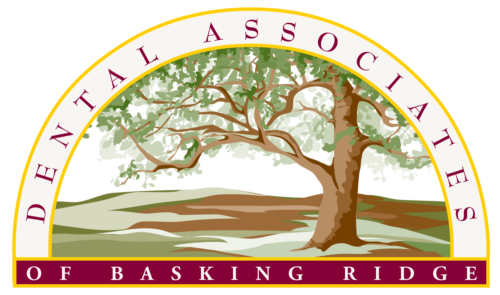
After visiting your dentist, they may have discovered you need to undergo a dental implant procedure. With this type of dental procedure, an artificial tooth root is placed into your jaw to hold a prosthetic tooth or bridge. In some cases, dentists may have to increase the amount of bone in your jaw before performing a dental implant. This will require a dental bone graft. The process of bone grafting has become much simpler, which has led to simple bone grafts taking as quick as an hour to perform. Before a dental implant, if you need an increase in the jaw bone, please schedule a consultation with one of our skilled bone grafting/dentists located in Basking Ridge & Morristown, NJ who can help you better understand the process.
What is bone grafting?
When a patient needs a dental implant, they may also require a bone graft. Bone grafts are most commonly recommended for tooth extractions, dental implants, rebuilding the jaw before getting dentures, and replacing areas of bone loss due to periodontal disease. Essentially, bone grafting adds some needed volume and density to your jaw where bone loss has occurred. Dentists can use different bone graft materials such as autogenous (your bone), allograft (human tissue bank), xenograft (animal tissue bank), and alloplast (synthetic). Generally, dentists will recommend using bone from your own body as it is the safest material and your body is more inclined to accept it. If bone is taken from your own body, no extra procedure is necessary. However, if a dentist cannot get sufficient bone shavings by drilling through your jawbone, they can get additional bones from other parts of your body. There is no need to worry if you require bone grafting as it is an extremely common procedure.
What are the different types of grafts?
Depending on your specific circumstances, you may require one of the following bone grafts:
- Socket/ridge preservation. As its name may suggest, this type of graft is placed in the socket after tooth extraction. When a tooth is extracted, there is a potential risk that the space where the tooth was extracted will cave in. To prevent this, a graft is placed to prevent the socket sides from caving in.
- Ridge augmentation. This graft is used to create a stable foundation for implants as it increases the width and volume of the jawbone.
- Sinus lift. If you are missing your upper back teeth, your sinuses can drop and invade the space that occupies the teeth roots. This is because the maxillary sinuses are right above the upper back teeth. This type of graft is usually performed by an oral surgeon as they must lift the sinus and place it back in its proper position. The bone graft is then placed under the sinus.
- Periodontal. A periodontal bone graft is required when gum disease erodes the bone that supports a tooth. This type of graft can help loose teeth reduce mobility.
For more information on dental bone grafts, please schedule an appointment with one of our trusted and determined dentists. Our skilled team members can help you improve your smile and maintain your overall oral health.






